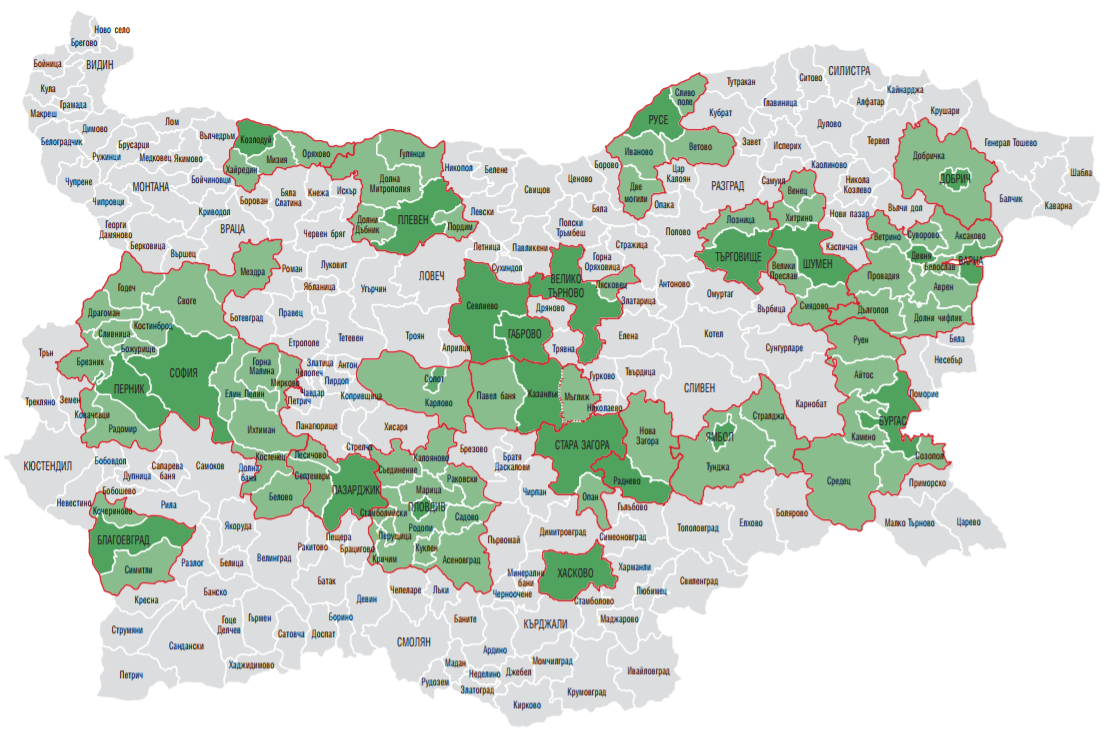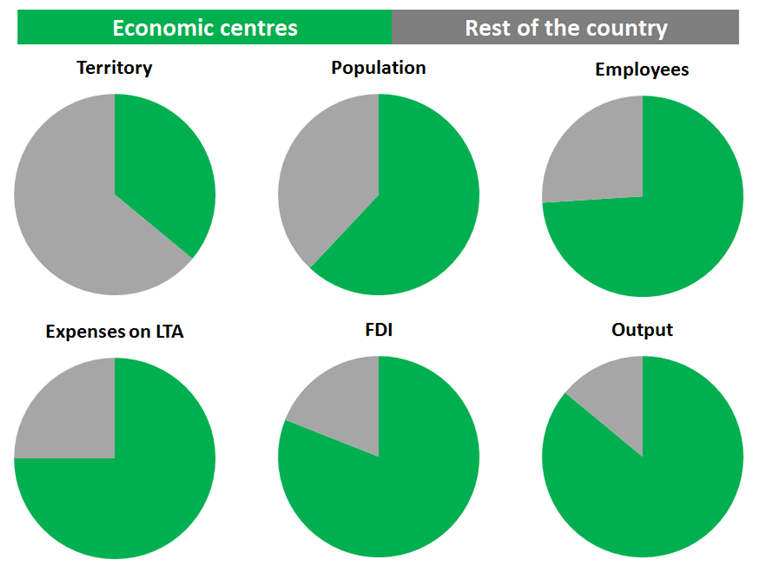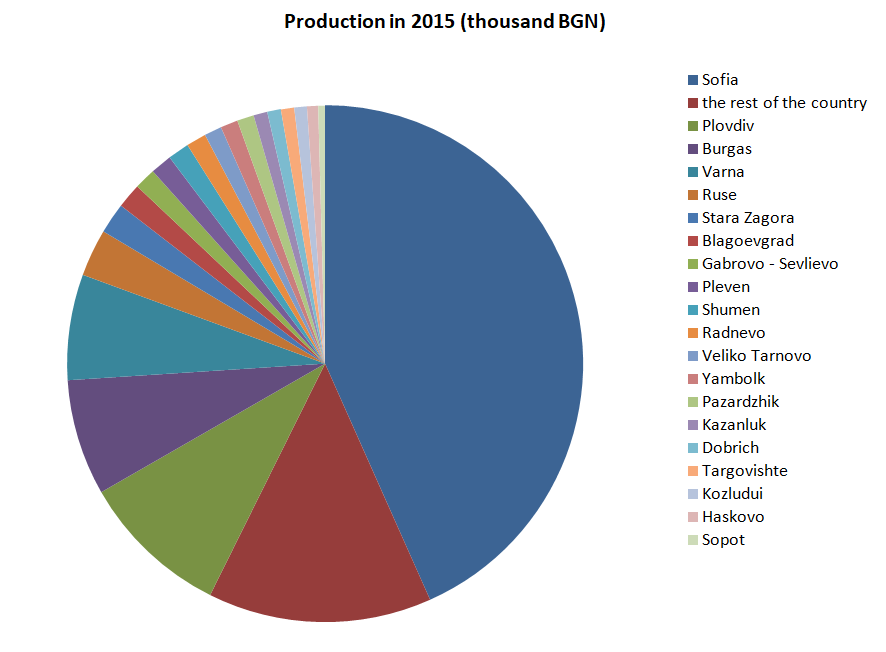What do the Economic Centres in Bulgaria Tell Us
After years of systematic analysis of the Bulgarian districts, the IME took the next step and transferred its efforts to the municipal level.
Yavor Aleksiev
After years of systematic analysis of the Bulgarian regions, the IME took the next step and focused its efforts on the municipal level. The study "Economic Centers in Bulgaria" raises a number of questions and their answers must be found as soon as possible so that the notion of "regional policy" can aquire a more functional sense.
What are the economic centers?
As "economic centers", our analysis identifies the economically leading municipalities (nucleus) in the country and their adjacent periphery. The importance of these centers for the development of the country's economy is indisputable. Although they occupy only 36% of the territory, they account for nearly 75% of employment and investments in fixed tangible assets and for over 80% of foreign investment and total output.
Importance of the economic centers for the national economy


Source: NSI, IME calculations
It is important to note that this map in no way exhausts the “economically active” regions of the country. With slightly more liberal selection criteria, the centers would have been more, but the focus would have been blurred without sufficient rationale from a research point of view. The municipalities we designate as "economic nucleus" meet at least two of the following three criteria:
- they rank among those in which production is highest (all without Sopot);
- they rank among the most attractive for workers from neighboring municipalities, viewed through the prism of everyday labour migration (only 5 of the included nucleus do not correspond to this criterion, among which the secondary ones - Pernik and Devnya);
- they are distinguished by a high density of the employed in relation to the territory of the municipality (here the exceptions are 7, but they all cover the other two criteria);
Some well-performing municipalities, even smaller ones (such as the resorts Bansko and Nessebar), are excluded from the scope of the survey because they do not meet more than one of the criteria mentioned.
Conclusions from the analysis
The conclusions we can make are many, but only a handful of them can serve as a starting point for policy making:
- It is evident that the current administrative-territorial division of the country is far from optimal. The number of municipalities not meeting the initially required population threshold is growing. Limited human and financial resources make it so that local authorities are mere observers of the processes taking place on their territory. Bulgaria needs fewer territorial-administrative units which will better reflect the actial social and economic processes in the country.
- The lack of sufficient own funds is an enormous problem, has led to a race towards higher local taxes . However, even clearly identified problems at local level can often not be solved due to the lack of own resources. The revenues of local authorities are more than two times lower than the average for the EU in relation to GDP.
- The best way to overcome the gap between taxation and political representation at the local level is to transfer income tax returns back to municipalities via the principle "money follows the ID card". Transferring only 2 percentage points of the personal income tax currently collected will result in additional municipal revenues of around 650 million. This reform will create opportunities both to cover old liabilities and new capital costs while at the same time provoking local authorities to work towards attracting investment, higher employment and wages.
- There is no analysis based on daily labour migration data that does not make infrastructure development a top priority. Without good infrastructure (specifically road infrastructure) we cannot expect the working population to be mobile and ready to work 50 or 100 km. away from home. Despite the relative progress over the last decade, there is still much to be done, both in terms of the overall infrastructure development of North Bulgaria and in terms of its connectivity with the southern part of the country, in particular the tunnel under Shipka and the "Black Sea" highway.
Whether there is political will and, more importantly, public interest in such matters remains the key question. The reform of the administrative-territorial division must overcome political interests, and financial decentralization should happen at the expense of, and not in addition to, the existing tax burden to the central government.
We will only achieve real progress when local processes become a determining factor for the financial well-being of Bulgarian regions and their citizens. Only then will local democracy make sense, and it goes hand in hand with something long lost in our country - local identity.




